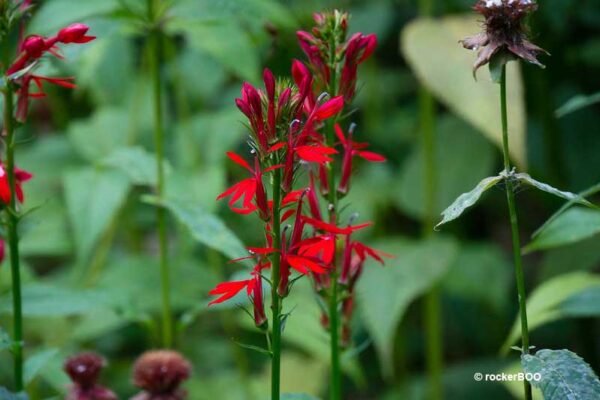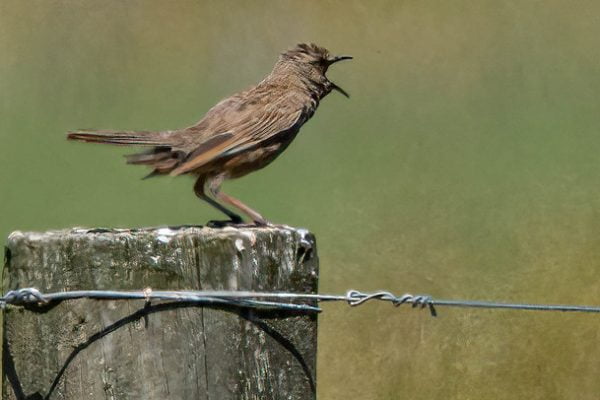Badgers, with their distinctive black and white markings, powerful claws, and burrowing prowess, hold a special place in the animal kingdom. These fascinating creatures, known for their intelligence, resourcefulness, and playful nature, live in complex social structures. Beyond their captivating presence lies a fascinating layer of language – the diverse collective nouns used to describe them, offering a glimpse into their social dynamics and the complexities of their world.
Collective Nouns for Badgers
Unlike some animals with singular collective nouns, badgers boast a diverse vocabulary, each term reflecting the specific context and group dynamics:
- Cete: This unique and historic term, dating back to the 15th century, signifies a large group of badgers residing in a single burrow system, often referred to as a “sett.” It evokes a sense of shared space, communal living, and the strength inherent in their collective presence.
Example: Deep within the heart of the ancient forest, nestled amongst the roots of towering oak trees, resided a cete of badgers. Their sprawling burrow system, a testament to their industrious nature, buzzed with activity as individuals emerged to forage, play, and contribute to the well-being of the group.
- Colony: This term emphasizes the cooperative and interdependent nature of badgers within a single sett. It evokes a sense of shared responsibility, collective purpose, and the intricate social structure that governs their lives.
Example: As the first rays of dawn painted the sky with hues of orange and pink, the colony of badgers emerged from their burrow, their sleek fur glistening with morning dew. The coordinated movements of the young following their parents, and the collaborative efforts in foraging, highlighted the strong sense of community within the colony.
- Clan: This term, often associated with family and lineage, signifies a group of badgers within a sett that are related to each other. It evokes a sense of kinship, shared ancestry, and the close bond between family members within the badger community.
Example: Within the intricate network of tunnels in the sett, a young badger cub playfully sparred with its siblings, their playful nips and tumbles showcasing the strong bonds within the clan. The watchful eyes of the mother badger nearby, ensuring the safety and well-being of her offspring, further emphasized the significance of family within the badger social structure.
- Company: This less common but descriptive term signifies a group of badgers encountered together, often when venturing outside their setts. It evokes a sense of companionship, temporary association, and the diverse interactions that may occur between individuals beyond their familial or communal bonds.
Example: As dusk settled, a company of badgers emerged from the sett, their keen sense of smell guiding them towards a nearby field. They foraged together, their individual efforts contributing to the collective success of the group, highlighting the flexibility and adaptability of their social interactions.
Interesting Facts About Badgers
Understanding these collective nouns deepens our appreciation for the complex lives of badgers. But venturing deeper reveals their fascinating social structure, ecological significance, and the challenges they face:
Masters of Teamwork: Badgers exhibit remarkable cooperation and communication within their setts. From shared childcare and burrow maintenance to collaborative foraging and defense against predators, their teamwork is crucial for survival and success.
Silent Sentinels of the Ecosystem: Badgers play a vital role in maintaining healthy ecosystems. By predating on rodents and insects, they help control populations of these creatures and prevent outbreaks that can disrupt the delicate balance of the environment. Additionally, their burrowing activities aerate soil, promoting healthy plant growth.
Facing Threats: Habitat loss, fragmentation, and badger baiting (a cruel and illegal practice) pose significant threats to badger populations. Protecting their habitats, promoting responsible land management practices, and raising awareness about the ecological importance of these creatures are crucial for ensuring their continued existence.
Adaptable and Resourceful: Badgers exhibit remarkable adaptability, thriving in diverse environments ranging from woodlands and forests to grasslands and agricultural landscapes. Their resourcefulness is evident in their ability to utilize tools, like rocks and sticks, to access food and defend themselves.
Final Thoughts
From the bustling “cete” within their elaborate setts to the temporary “company” foraging together under the night sky, the diverse collective nouns for badgers offer a glimpse into their multifaceted lives and enduring presence in the natural world. By understanding these terms and appreciating the fascinating nature of these creatures, we can foster a deeper respect for their social complexity, ecological contributions, and the urgent need to protect them and their vital role in our ecosystems.
Also Read:





